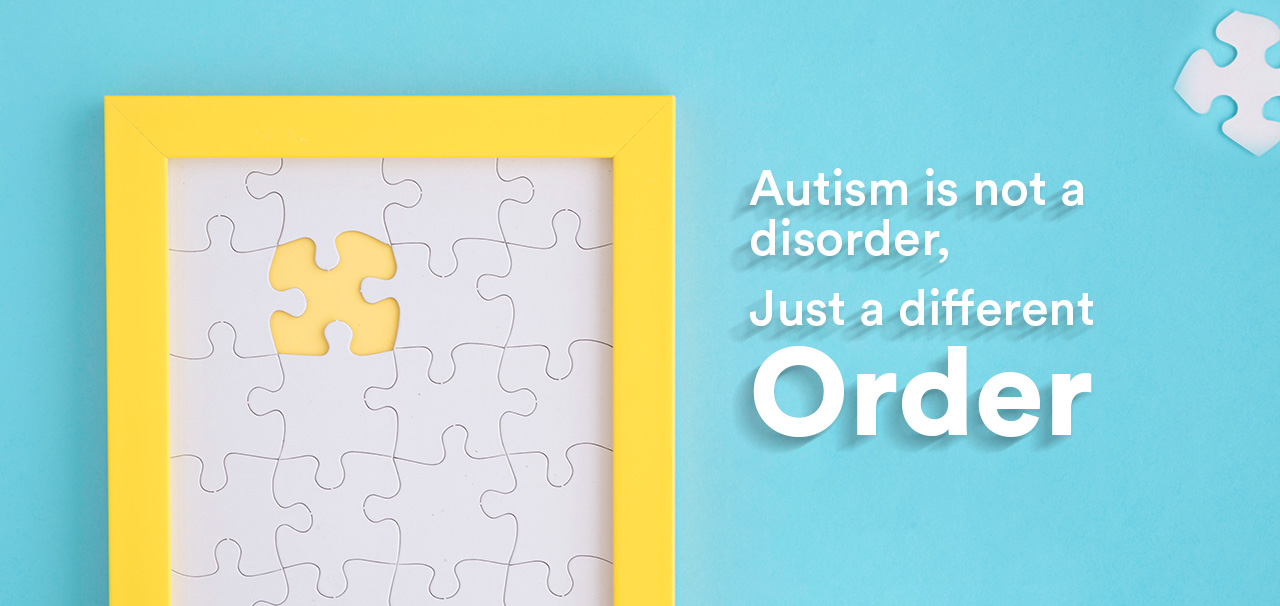Definition of Autism
Autism spectrum disorder (ASD) is a broad term used to describe a group of neurodevelopmental disorders.
These disorders are characterized by problems with communication and social interaction. People with ASD often demonstrate restricted, repetitive, and stereotyped interests or patterns of behavior.
The DSM-5………
A child may show early symptoms of ASD if they:
- develop language skills late
- don’t point at objects or people or wave goodbye
- don’t track people with their eyes
- show a lack of responsiveness
- don’t imitate facial expressions
- don’t reach out to be picked up
- run into or close to walls
- want to be alone
- don’t play make-believe games (e.g., feeding a doll)
- have obsessive interests
- cause injury to them self
- have temper tantrums
- display unusual reactions to the way things smell or taste
- not making eye contact
- not responding to their name
- not babbling by 1 year of age
- not smiling or showing joyful expressions by 6 months of age
What tests are used to diagnose autism?
An ASD diagnosis involves several different screenings, genetic tests, and evaluations.

